Pet Physio Techniques and Therapies
Animal physiotherapy is an important component of the treatment for many musculoskeletal (muscle, bone, joints, soft tissues) and neurological conditions seen in small animal and exotic pets. Rehabilitation utilises the skill of the therapist to apply physiotherapy techniques and clinical reasoning to manage pain and restore movement. In Hong Kong, physiotherapy for pets must be overseen by a veterinary surgeon to ensure the correct and safe treatments are administered appropriately to ensure rehabilitation goals are met.
Physiotherapy can commence as soon as possible after any injury, surgery or diagnosis of musculoskeletal or neurological conditions from your vet. Many gentle manual techniques and modalities can be used to help reduce pain, swelling and stiffness, slow the muscle atrophy and cartilage degeneration and stimulate healing. We ensure treatments are specific and gentle so as not to risk repair of the damaged and healing tissues.
The treatment programme will generally include a variety of manual therapies, modalities to modulate healing and pain (such as laser, laser-puncture, electrical stimulation, magnetic field therapy or cold compression) and therapeutic exercises; all individually selected for the individual patient.











